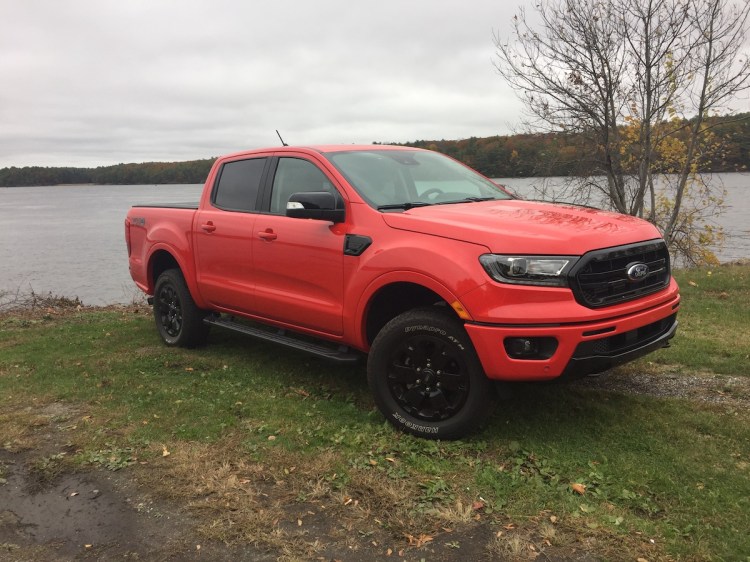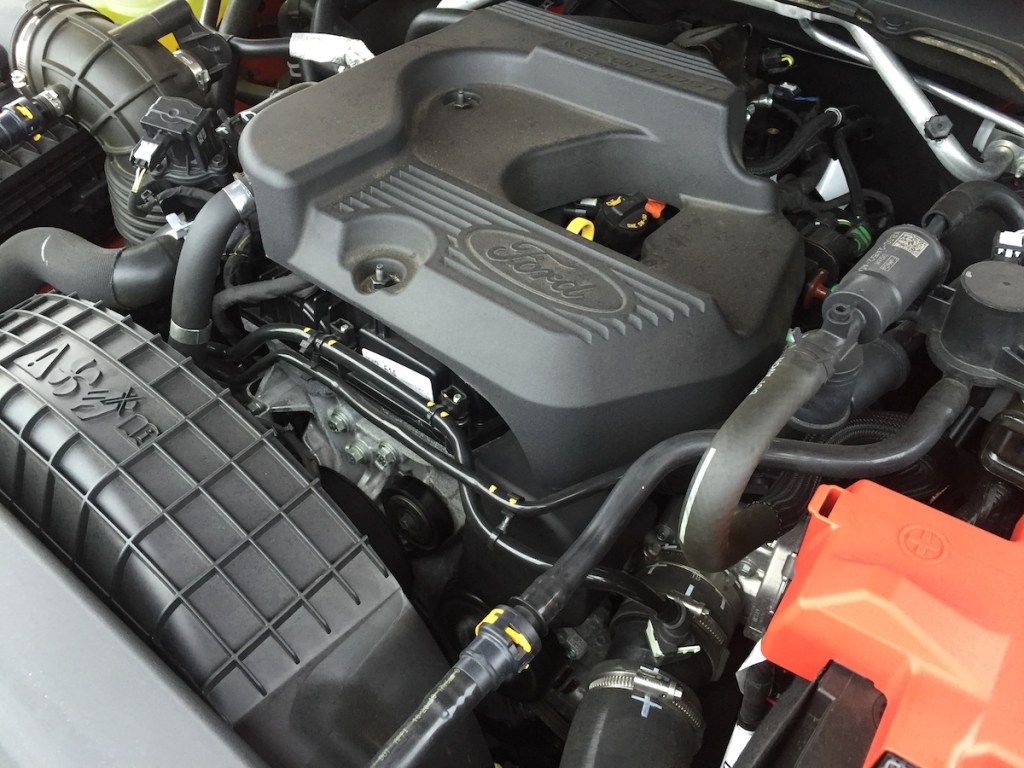Before COVID-19 wrecked this year’s economy, before full-size pickups outsold compact sedans, and back when consumers thought crossovers were oversized hatchbacks, small pickup trucks from Asia dominated a practical segment of useful, efficient vehicles. The ‘little hustler’ from Datsun—remember that name from the 1960’s?—plus Toyota’s small pickup truck, helped establish both of those fledgling brands in this market well before their small cars got a toehold in many states.
Today, the Toyota Tacoma rules the ‘small’ pickup class—or what should really be called mid-size—while (former Datsun parent) Nissan’s aging Frontier (due to be replaced in 2021) came in fourth place in the sales wars in 2019. Chevy’s Colorado was second, followed by the bold renewal of Ford’s Ranger, and then Jeep’s all-new Gladiator. All told, over 640,000 ‘small’ pickups were sold in America last year—a significant rise for this segment compared to just a few years ago.
These ‘new’ pickups fit a captivating niche; lifestyle vehicles for drivers who neither want, nor need, a full-size pickup truck. Outfitted with the latest entertainment and safety technologies, these trucks cost less initially, return better fuel economy always, while executing chores on a 3/5th’s scale basis versus their larger siblings. This formula has been a winner for consumers and automakers; Ram, Hyundai, and Mercedes have plans to offer new mid-size pickups in the coming months to join the sales boon.
Ford’s Ranger makes a big impact on several fronts. First, the powertrain is a refined, eager combination that will surprise most drivers. An Ecoboost 2.3-liter-turbocharged four cylinder powers all models—extended cab 4-door, or crew-cab 4-door—and generates 270-hp. Throttle tip-in is excellent, delivering smooth bottom-end power as well as a silent, strong mid-range punch that will leave many drivers in dis-belief that a small four cylinder rests under the hood, rather than a V-6. Teamed with a 10-speed automatic (like an F-150), the Ranger’s torque-rich turbo-motor returned a solid 24-mpg under robust demands.
Secondly, the cabin will please casual drivers that may not be used to a pickup. Utilizing controls similar to Escape or one of its departed sedans, the Ranger’s cockpit is user-friendly, comfortable, and easy to adapt to. Some buttons could be larger, but at least there are still buttons. Too often today, the automakers are trying too hard to outdo each other with their tech displays, touchscreens, and active controls. Simple still works best; let’s all remember that the main goal is safely driving a two-ton vehicle, not manipulating menus and screens. Thankfully, the Ranger has it right.
Third, the Ranger strikes a nice balance on ride and body control. In stiffer FX4 trim—additional off-roading equipment in the frame and in the chassis—the Ranger still produced reasonable ride compliance over less than perfect surfaces, and easily produced a better overall ride and drive experience than that brand truck that outsells everyone else. Yes, rough surfaces make the solid axle rear kick around some while cornering, and no you won’t confuse this vehicle with a Mustang GT. But, you also can’t tow 7,500 pounds in the Mustang or carry an 1,860-pound payload.
Base 2WD models in XL trim start at just over $24,000. Our well-equipped Lariat 4X4 FX4 crew-cab truck passed $40,000 so it’s easy to jack the sticker beyond entry level pricing. New this year; Race Red Metallic paint and Rapid Red (shown), plus a new FX2 trim for off-roading with 2WD models. Two bed lengths remain, while our 5-foot bed featured a folding hard-top cover that protected contents from the elements.
With almost 9-inches of ground clearance and four selectable drive modes for on-road and off-road, plus the grunt of that turbo-motor, the Ranger felt ready to handle any driving requests. The steering feel is good, the heated and cooled seats are supportive, but I didn’t feel that the optional running boards are warranted—unless your inseam measurement is really short.
Look for Ford to make running changes in this platform as rivals step up their pickup offerings, especially since there are few cars for the Blue Oval brand to sell anymore.
Send questions/comments to the editors.




